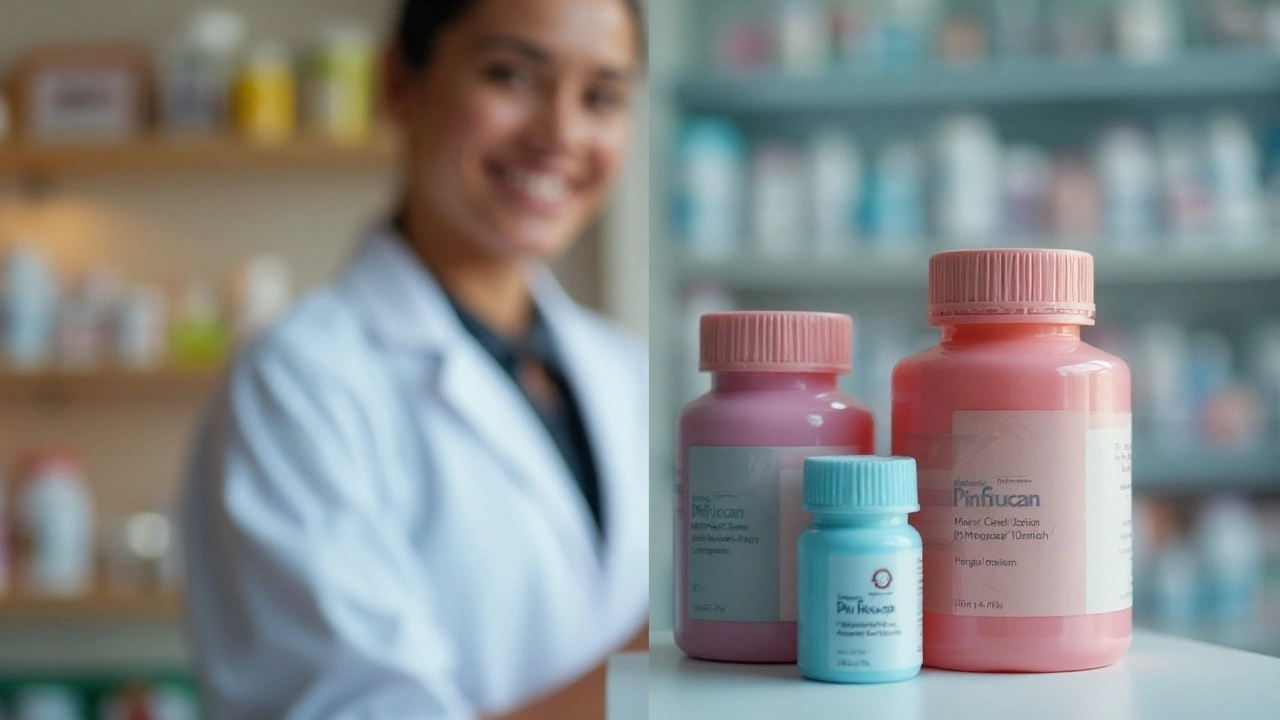Antifungal Comparison: Which Treatments Work Best for Fungal Infections?
When you're dealing with a stubborn fungal infection—whether it's athlete’s foot, a yeast rash, or a nail that’s turning yellow—you need to know which antifungal, a type of medication designed to kill or stop the growth of fungi. Also known as antimycotic, it works by targeting fungal cells without harming human tissue. isn’t just about grabbing the cheapest bottle off the shelf. Different antifungals work better for different infections, and mixing them up can waste time, money, and your skin’s health.
There are two main types: topical antifungals, creams, sprays, and lotions applied directly to the skin or nails. and oral antifungals, pills taken by mouth to treat deeper or widespread infections. Topicals like clotrimazole or terbinafine are great for mild cases—think ringworm on your arm or a sweaty toe gap. But if the fungus is under your nail or has spread to your lungs, you’ll need something stronger like fluconazole or itraconazole. These aren’t just stronger—they work differently. Some stop fungi from building their cell walls, others mess with their DNA. And yes, some work better against yeast, others against mold.
Side effects matter too. Topicals usually cause mild irritation, but oral ones can hit your liver or interact with heart meds or birth control. That’s why you don’t just pick one based on a friend’s recommendation. A rash on your groin? Maybe miconazole. A persistent nail infection? Terbinafine has better success rates than clotrimazole, but takes months. And if you’ve tried one and it didn’t work, that doesn’t mean all antifungals failed—it just means you need a different one.
You’ll also find that some antifungals are overhyped. Tea tree oil? It has some lab data, but real-world results are messy. OTC sprays that claim "7-day cure"? Often just masking the problem. The best choices are backed by clinical studies—not Instagram influencers.
What you’ll find below is a real-world breakdown of the most common antifungal options—how they stack up, what they’re actually used for, and which ones doctors reach for when things get serious. No fluff. No marketing spin. Just clear, side-by-side comparisons based on what works, what doesn’t, and why.
A detailed side‑by‑side look at Diflucan (fluconazole) and its main antifungal alternatives, covering uses, safety, cost and when to choose each.
Sep, 24 2025

